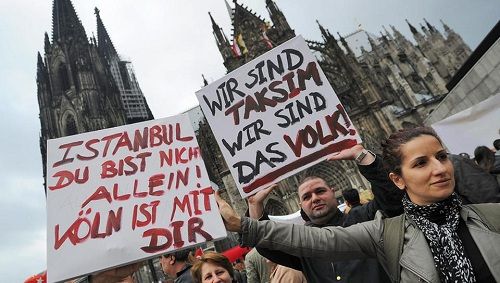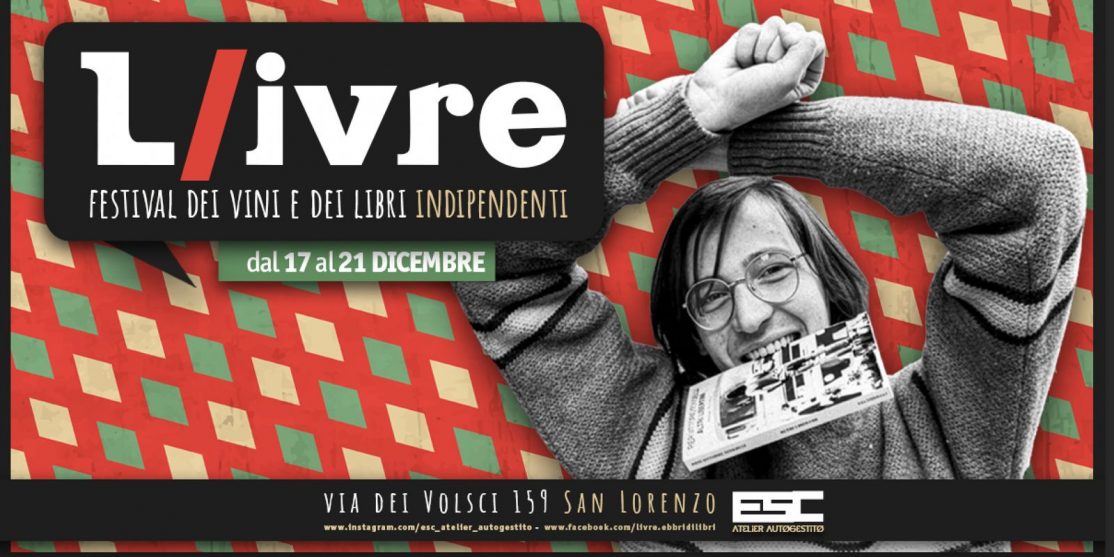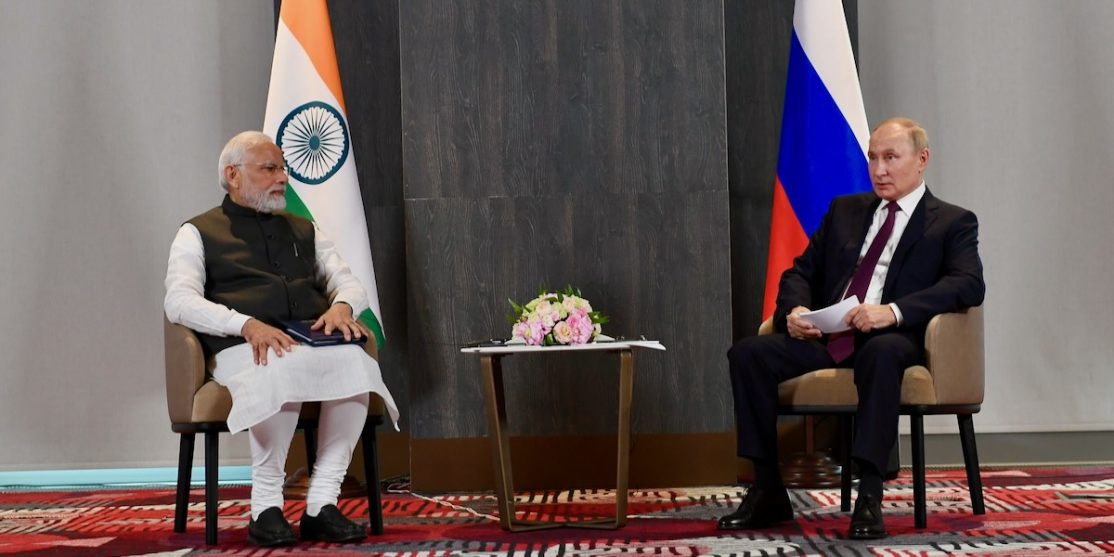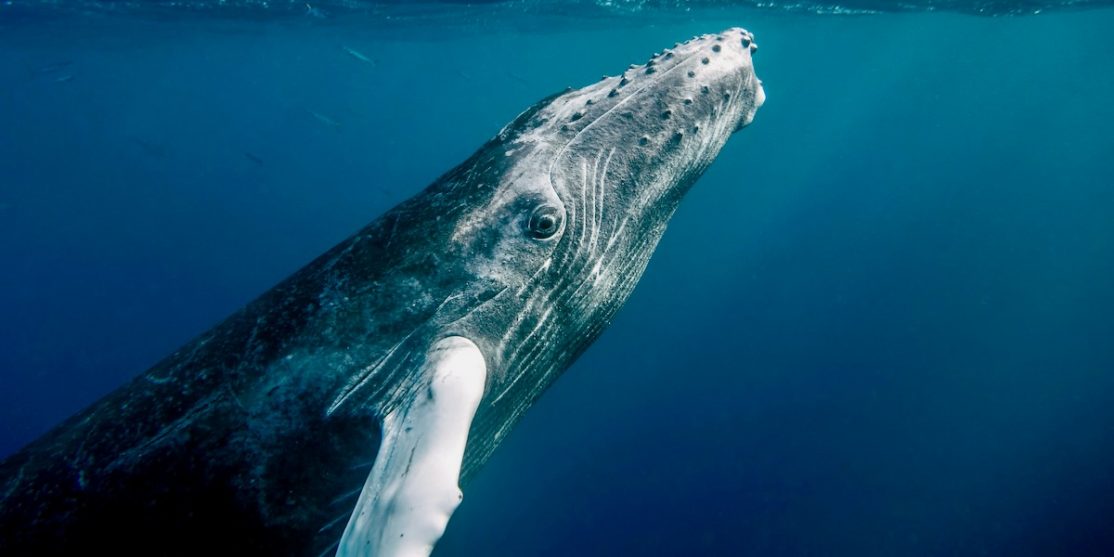EUROPA
Gezi goes to Cologne: report from demostration against Erdogan

Hamid and John, two activists based in Cologne, Germany, argue that the 60 000-strong demonstration against Erdogan in Cologne was a true sign of solidarity with the Gezi protests and the miners of Soma. Merkel’s lip service to human rights and democracy is hypocritical as business relations between the two countries are on the rise once again.
Last Saturday on May 24, 2014 the Turkish Prime Minister Recep Tayyip Erdogan visited Köln, Germany. Here, he addressed 15 000 supporters in the city’s biggest indoor-arena. Meanwhile more than 60 000 people demonstrated against him in the in the city centre.
A Tale of Two Cities
Officially, Erdogan visited Köln to celebrate the tenth anniversary of the „Union of European-Turkish Democrats“(UETD) which is a small lobby organization with close ties to the AKP. It is no secret however that Erdogan pursued a different goal with his visit. Since the end of World War II, Germany is the country with the highest number of Turkish citizens outside of Turkey. With the Turkish presidential elections on August 10 Erdogan declared: “Of course I go to Germany. I have three million citizens there.”
In front of his flag-waving supporters he denounced „Western” journalists who criticize his leadership and labelled the opposition’s actions “terroristic”. He legitimized the police’s actions against demonstrators while his supporters cried out „Martyr Erdogan“ and „God is great“.
Erdogan has visited Germany regularly in the past. Yet, this time his visit took place in a highly explosive atmosphere. Against the backdrop of the largest anti-government protests, corruption scandals and the mining disaster with 301 deaths in Soma Erdogan has come under sustained criticism from Turkey’s opposition as well as German politicians.
As usual the German political class played a double-game. Prior to his visit German politicians such as the Mayor of Köln issued concern, and requested Erdogan to restrain himself, and act sensibly. These condemned the deaths in Turkey and have been upset about the undemocratic conditions under Erdogan. Even Merkel has been paying lip service to human rights and democracy. On the other hand though, she frequently invites him over to Germany and offers him to address big audiences. Of course, there are business interests at play. Just last year Germany’s trade volume to Turkey increased by five per cent. Thus, the government can be worried about the events in Turkey yet they are the ones stabilizing the regime rather than helping the peoples in struggle. This is sheer hipocrisy.
“Soma was murder”
Deadly work accidents such as the one in Soma have increased manifold in Turkey. They are the dark side of Turkey’s economic boom which has been built on wage repression and the demolition of civil rights and democracy. Corporations are immune when it comes to the safety of their employees and trade unions have been deprived of any power. Turkey’s government has been campaigning to attract investors with “the longest work hours and lowest sick rate in Europe”. The average work week is 52.9 hours. This drive has resulted in the deaths of more than 1235 employees in the first quarter of 2014 adding to the more than 10 000 work-related accidents in the course of the last decade.
When a fire in Soma killed 301 miners, government opponents’ outrage and indignation reached new dimensions. Erdogan did not even bother to issue a standardized note of condolence. Instead he relativized the whole story by labelling this an “operational accident” which “occurs constantly”. This ignorant statement might contain a grain of truth but did not help Erdogan’s popularity.
Thus, many people showed solidarity with the killed workers by wearing mining helmets. Placards and banners criticized the lack of employee safety and security. The two deaths only days before Erdogan’s visit to Köln were on everybody’s minds and lips.
A mass demonstration against Erdogan
The demonstration organized by the apex organization of Alevites in Germany was colourful and pluralistic. Communist, socialist, kemalist, anarchist, Kurdish and even groups of football Ultras from across Europe marched together without any incidents. Despite massive differences between these participating groups, it was clear that the common enemy were Erdogan and his supporters on the other side of the Rhine river. In particular, protesters criticized Erdogan’s authoritarian style of leadership. This disproportionately effects ethnic and religious minorities. Hüsse, a protester, told us the following about the last few days and the mobilizing power of the well-organized Alevite community:
“The state seeks to conduct politics through the use of religion. It seeks to break the strengthened sense of unity amongst the peoples after the Gezi protests. The attacks and actions of the Turkish state in the last few weeks are a prime example of this. Just like in the 1990s the Alevites have become a main target once again. The deadly wounded protesters from Gezi are almost exclusively Alevite. Is that a coincidence? Surely not! Due to the long-lasting repression in the Turkish state, Alevitism has a revolutionary potential in Turkey. All left-revolutionary or communist structures in Turkey consist to 70 to 90 per cent of Alevite people”.
Many of the participants insulted the AKP as ultra-nationalist, dictatorial and even fascistic. The demonstration demanded ‘international solidarity’ while one of the most popular slogans was the well-known chant “Everywhere is Taksim – Resistance is Everywhere”.
Though, there were also plenty of contradictions and problematic political positions amongst the protesters. In the last third of the demonstration a medium-sized bloc of supporters of the Assad-Regime carrying counterfeits of the highly-disputed president. This led to a number of discussions amongst those participating in the demonstration: “Why celebrate a dictator on a demonstration against a dictator?” Placards which made the comparison between Erdogan and Hitler were also common sight yet met with incomprehension by activists.
On the other hand, Carsi – a progressive alliance of Besiktas Istanbul fans – were highly visible and the most vocal. During the Gezi protests these football fans became famous for uniting with the supporters (something abnormal for football fans) of other Istanbul football teams to organize the defence of Taksim square and counter the wave of state repression.
Ersul, a Carsi member explained Erdogan’s authoritarianism as follows:
“He never compromises. He just wants to destroy anything we want, nip it in the bud. He and his supporters don’t want to understand it. It can’t be the case that Erdogan alone is right and everyone else is wrong. But it’s like in countries ruled by dictatorship: There’s a mass of people who support him. They don’t question anything or think ‘just wait a minute, couldn’t it be the case that we are wrongly in love? Couldn’t Erdogan be doing wrong?’ It’s always someone else’s fault.”
written by Hamid Mohseni (Köln) und John Malamatinas (Köln/Thessaloniki)
Translated and edited by Mark Bergfeld (London/Köln)
published on the blog by mdbergfeld




